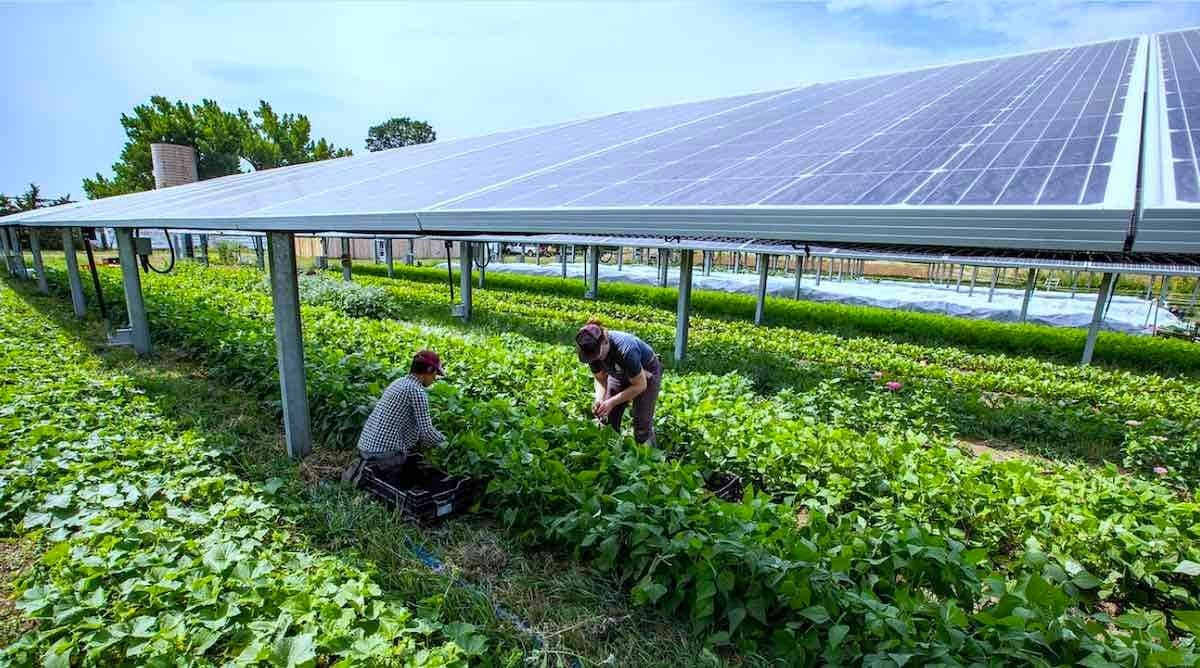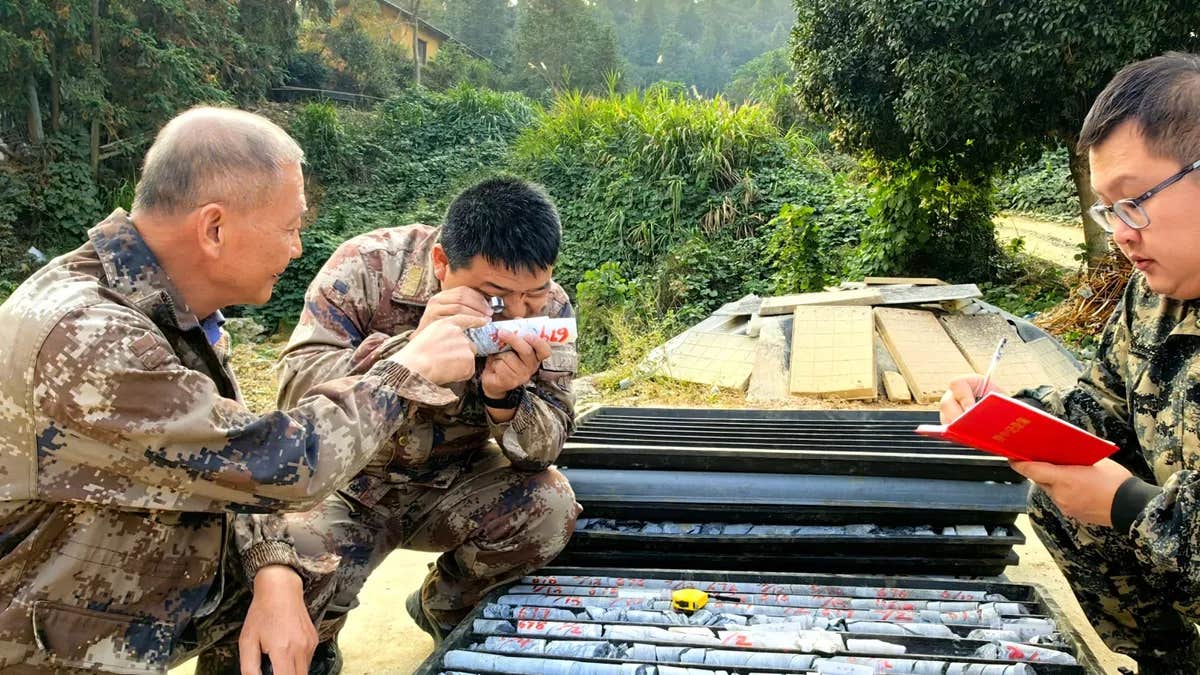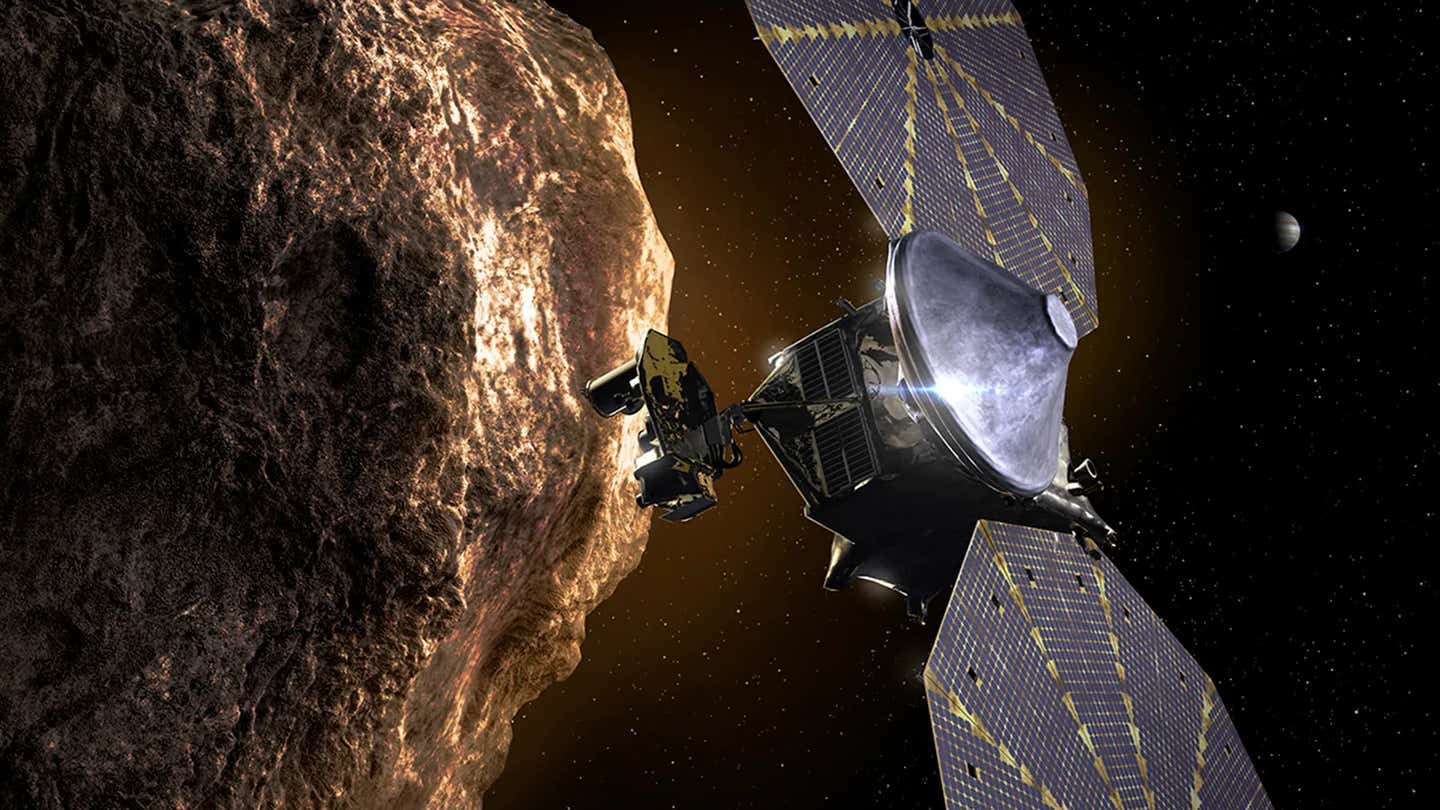Agrivoltaics looks to revolutionize global food production
The widespread use of agricultural land for solar farms has sparked fears of shrinking crop yields and harm to biodiversity.

Agrivoltaics, the practice of combining solar energy generation with agriculture on the same land, has emerged as a potential solution. (CREDIT: CC BY-SA 4.0)
The world’s push for sustainable energy has driven a sharp rise in solar power. Photovoltaic (PV) systems have expanded rapidly, offering a cleaner path forward. But as this technology grows, questions about its impact on land use have followed closely behind.
By 2020, the global capacity of PV energy had climbed to 760 gigawatts. Much of this came from installations in leading regions like Asia, Europe, and North America. Most systems were built on open ground—often farmland—stirring concern over their effect on food production and ecosystems.
The widespread use of agricultural land for solar farms has sparked fears of shrinking crop yields and harm to biodiversity. Rural communities have voiced worries too, pointing to risks like fewer farming jobs and increased depopulation.
To ease this tension, researchers have turned to agrivoltaics—an idea that dates back to 1982. This dual-use method allows solar panels and crops to share the same land. Early designs let sunlight reach the plants underneath, preserving growing conditions.
Interest in this approach surged after a 2011 study showed it could raise land productivity by 35% to 73%. Since then, many trials have backed up these findings, showing gains in food supply, energy output, and economic support for farming regions.
Agrivoltaics works by easing the tug-of-war between clean power and agriculture. It also plays a role in climate goals. Studies suggest these systems lower greenhouse gas emissions while boosting crop health and offering a stable income for farmers.
Some crops even benefit from the shade. Lettuce and wheat, for instance, grow well under solar panels. In dry climates, the shade helps cut water needs and keeps soil cooler. As a bonus, cooler temperatures beneath the panels improve their energy efficiency.
This method is also highly adaptable. Some setups use raised panels with wide spacing to balance light and shade. Others retrofit existing solar farms by planting crops that match the growing conditions beneath the arrays.
Related Stories
Experimental setups have demonstrated promising outcomes. In India, agrivoltaic vineyards increased economic value by 15 times compared to traditional vineyards. Similarly, studies in Europe have shown that crops grown under solar panels often yield comparable or even superior results to those in open fields.
Olive hedgerow systems provide a compelling example of agrivoltaics in action. Researchers in Spain, from the University of Córdoba, developed a simulation model to integrate PV panels with olive plantations.
Their findings highlighted mutual benefits: shading improved olive production by acting as a windbreak, while evapotranspiration cooled the panels, enhancing energy output. These models enable precise optimization of panel height, spacing, and density to balance agricultural and energy production.
Despite the promise of agrivoltaics, challenges remain. Designing systems that balance light requirements for crops and panels requires careful planning. Overly dense panel arrangements can hinder agricultural operations, while insufficient shading might reduce crop benefits.
Advanced simulation tools and field studies are critical to refining these designs. Land Equivalent Ratio (LER), a metric comparing combined productivity to separate uses of land, consistently shows agrivoltaics as more efficient, with values ranging from 1.29 to 1.73.
Agrivoltaics’ potential extends beyond annual crops. While most studies focus on short-lived plants, integrating perennial crops, such as olives, presents unique opportunities. Olive hedgerows, already efficient due to mechanization and high-quality yields, are ideal for agrivoltaic systems.
Spanish researchers developed models to predict olive oil production alongside solar energy output, proving the viability of these systems. Their work underscores the importance of balancing efficiency and practicality, ensuring agricultural machinery can still operate effectively.
The scalability of agrivoltaics is evident. Between 2012 and 2020, global agrivoltaic power production surged from 5 MW to 2.8 GW. This growth underscores the increasing interest in dual-use systems as a sustainable solution to land use conflicts. As the technology evolves, continued research will refine designs and expand its applicability.
By integrating PV panels with agriculture, agrivoltaics addresses two pressing global needs: clean energy and food security. This approach offers a path forward, harmonizing energy production with sustainable land management and rural development.
With ongoing innovation and collaboration, agrivoltaics could reshape how humanity meets its energy and agricultural demands, fostering a more sustainable future.
Note: Materials provided above by The Brighter Side of News. Content may be edited for style and length.
Like these kind of feel good stories? Get The Brighter Side of News' newsletter.
Joshua Shavit
Science & Technology Writer | AI and Robotics Reporter
Joshua Shavit is a Los Angeles-based science and technology writer with a passion for exploring the breakthroughs shaping the future. As a contributor to The Brighter Side of News, he focuses on positive and transformative advancements in AI, technology, physics, engineering, robotics and space science. Joshua is currently working towards a Bachelor of Science in Business Administration at the University of California, Berkeley. He combines his academic background with a talent for storytelling, making complex scientific discoveries engaging and accessible. His work highlights the innovators behind the ideas, bringing readers closer to the people driving progress.



